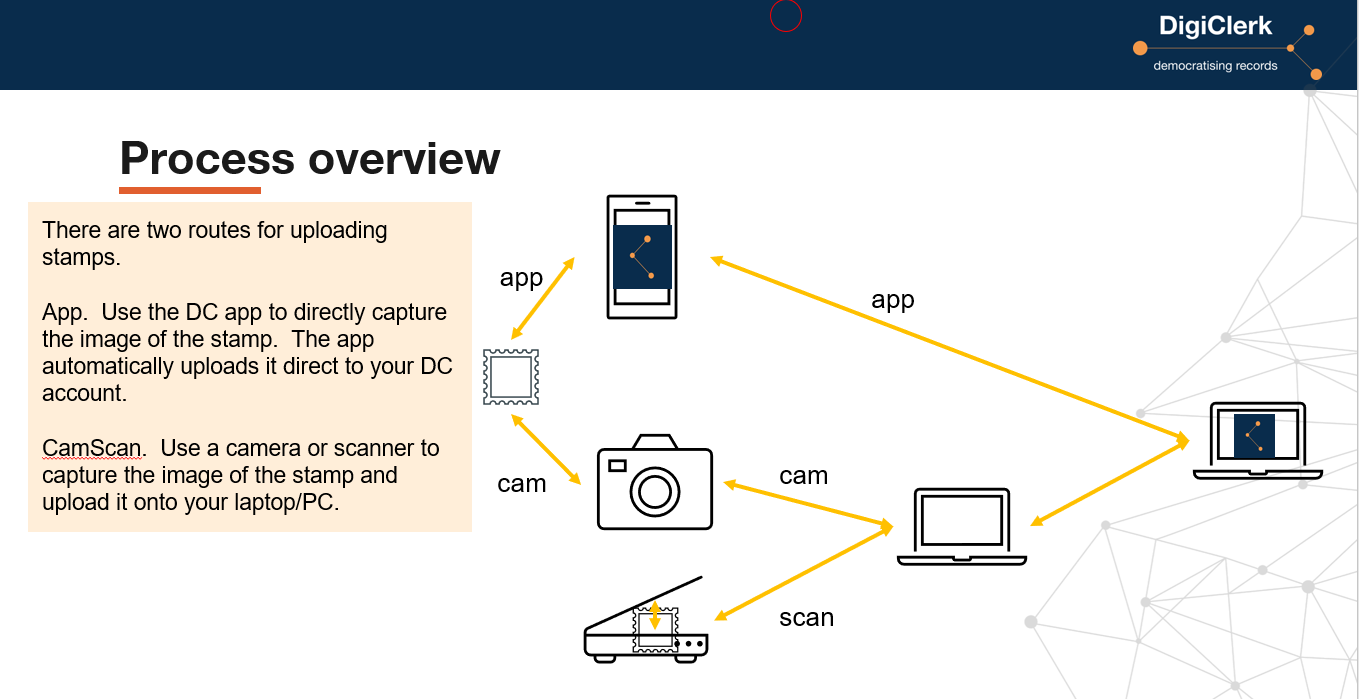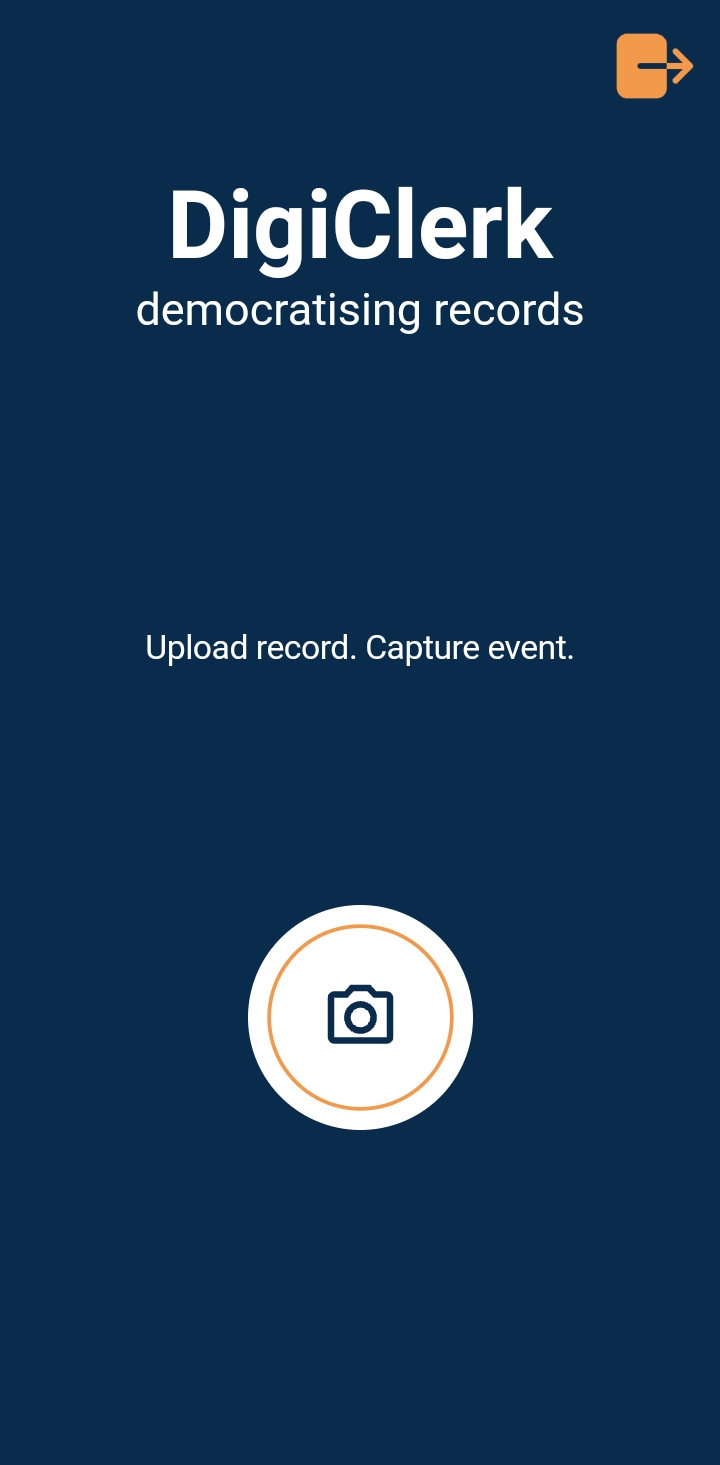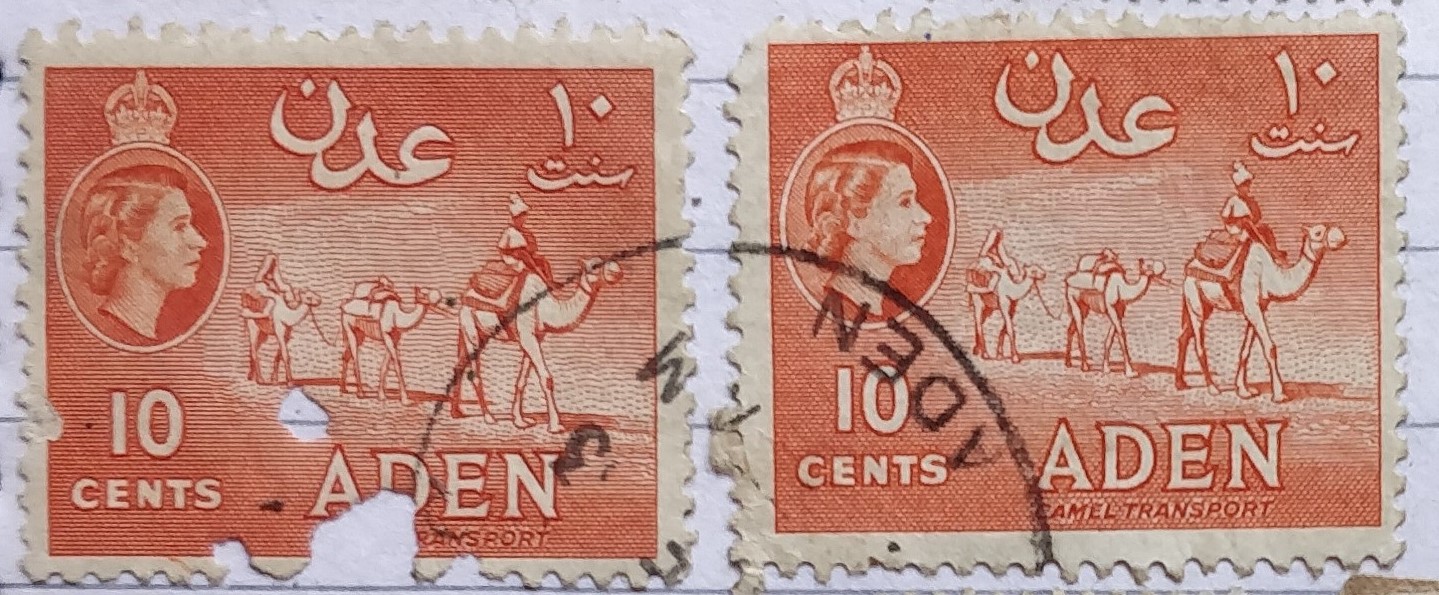
Are these stamps for sale? The answer is, for the moment, no.
The question refers to the DigiClerk Stamp Collection and recent posts on the Facebook site DigiClerk Stamps | Facebook.
They have been scanned, digitised and uploaded to demonstrate how DigiClerk allows stamp collectors to display their collection. Displayed to a selected global audience. The community of stamp collectors.
We intend to develop a number of further features of DigiClerk and one of those will be the ability to trade stamps using an electronic wallet. Members will then be able to indicate that their stamps are for sale. Another feature will involve the use of AI to identify stamps and confirm which set they belong to.
However, we do not want to get ahead of ourselves and invent something that satisfies only us. We need the DigiClerk Stamp Collection to satisfy you and therefore, we seek Founder Members, to fund and steer the development of the DigiClerk Stamp Collection with a once in a lifetime payment.

How do I upload stamps?
Here is a summary of how to upload stamps. We are in the process of producing how to guides for Members.
Before you read this answer, you might want to watch this short video about uploading stamps.
There are two routes for the process:
- App – You can capture an image of the stamp using either the DigiClerk (DC) app on your phone, or
- CamScan – via a digital camera or scanner.
 App – The DC phone app captures the image and uploads the image directly onto DC and readies it for you to input all the relevant information about the stamp.
App – The DC phone app captures the image and uploads the image directly onto DC and readies it for you to input all the relevant information about the stamp.
CamScan – Using a camera or scanner creates one extra step in the process because the digitised image is uploaded onto your files storage system on your pc and then you pick the image from there.
In our experience the CamScan process produces the best quality image. However, this depends on the quality of the phone’s camera and the steadiness of your hand!
This slide is taken directly from the ‘how to’ guide for the Stamp Collection, currently being written. DC is producing a number of ‘how to’ guides to assist Members and here is a link to the how to upload stamps video.
new functionality for the stamp collection
 New functionality for the Stamp Collection?
New functionality for the Stamp Collection?
stamps
People are already requesting new functionality for the stamp collection so we thought we should outline what further functionality is already planned.
DigiClerk (DC) currently has the ability to load one image for every one stamp on a record. So, right now, you can capture:
- an image of a jumble of stamps on the table
- a page of stamps from an album or stock book
- a stamp set
- a stamp sheet
- a stamp
However, we need to be able to upload two images because, sometimes, you need to be able to see the back of a stamp or the back of a first day cover. The ability to capture two images for one record is in the pipeline.
Our fields allow you to identify the following: data owner, data source; country of stamp; location associated in the stamp; currency of stamp; subject matter, date of stamp, there are extra people related fields if it is a first day cover. There are fields to state if the stamp is for sale or not and fields to record where the stamp is stored. What’s planned for more fields? DC will create a field to capture the state of the stamp (mint, used etc) but need Founder Members to help us define their requirements.
DC will implement AI to help Members sort their digitised stamps into digital sets and identify which other members have similar sets and collections…and so much more. We see API allowing DC to scrape information from the internet to help Members. Information related to the valuation of stamps and the locations of stamps that Members are seeking.
Come and join the records revolution!
What is the DigiClerk Stamp Collection?

stamp collection
DigiClerk Stamp Collection is the world’s first online global stamp club. The collection allows Members to share their collections, online, around the world. This frees philately from physical collections and meetings.
Problem
Who gets to see your collection? The answer is probably, only you!
Solution
Upload and explore with The DigiClerk Stamp Collection (DCSC). Give your stamps a much wider audience and share your collection of stamps online with other Members around the world.
With DCSC, you can:
- capture and digitise an image of your stamp(s), using:
- the DCSC app on your smart phone, or
- a digital camera, or
- a scanner.
- upload the image onto the platform, and
- identify and categorise the stamp image. DCSC helps identify the stamp and what set it belongs to (future development), and
- create an accession number for the physical location to help sort and retrieve your physical stamps, and
- publish your stamp collection and share it with fellow enthusiasts, and
- explore others’ collections. DCSC will will also tell you which Members share the same collections and where the missing stamps are that you seek (future development).
- use your electronic wallet to trade stamps with fellow Members (future development).
Philately/ stamp collection definition and history
The study of postage stamps, stamped envelopes, postmarks, postcards, and other materials relating to postal delivery is known as philately.
The term was created in 1864 by a Frenchman, Georges Herpin, who invented it from the Greek philos, “love,” and ateleia, “that which is tax-free”. The postage stamp permitted the letter to come free of charge to the recipient, rendering it untaxed. Who doesn’t like something tax free?!
Books in which to keep stamps were first issued by Justin Lallier in Paris in 1862 and are known as stamp albums.
Join
Join the DCSC Club journey here.

Are these stamps for sale? The answer is, for the moment, no.
The question refers to the DigiClerk Stamp Collection and recent posts on the Facebook site DigiClerk Stamps | Facebook.
They have been scanned, digitised and uploaded to demonstrate how DigiClerk allows stamp collectors to display their collection. Displayed to a selected global audience. The community of stamp collectors.
We intend to develop a number of further features of DigiClerk and one of those will be the ability to trade stamps using an electronic wallet. Members will then be able to indicate that their stamps are for sale. Another feature will involve the use of AI to identify stamps and confirm which set they belong to.
However, we do not want to get ahead of ourselves and invent something that satisfies only us. We need the DigiClerk Stamp Collection to satisfy you and therefore, we seek Founder Members, to fund and steer the development of the DigiClerk Stamp Collection with a once in a lifetime payment.

How do I upload stamps?
Here is a summary of how to upload stamps. We are in the process of producing how to guides for Members.
Before you read this answer, you might want to watch this short video about uploading stamps.
There are two routes for the process:
- App – You can capture an image of the stamp using either the DigiClerk (DC) app on your phone, or
- CamScan – via a digital camera or scanner.
 App – The DC phone app captures the image and uploads the image directly onto DC and readies it for you to input all the relevant information about the stamp.
App – The DC phone app captures the image and uploads the image directly onto DC and readies it for you to input all the relevant information about the stamp.
CamScan – Using a camera or scanner creates one extra step in the process because the digitised image is uploaded onto your files storage system on your pc and then you pick the image from there.
In our experience the CamScan process produces the best quality image. However, this depends on the quality of the phone’s camera and the steadiness of your hand!
This slide is taken directly from the ‘how to’ guide for the Stamp Collection, currently being written. DC is producing a number of ‘how to’ guides to assist Members and here is a link to the how to upload stamps video.
new functionality for the stamp collection
 New functionality for the Stamp Collection?
New functionality for the Stamp Collection?
stamps
People are already requesting new functionality for the stamp collection so we thought we should outline what further functionality is already planned.
DigiClerk (DC) currently has the ability to load one image for every one stamp on a record. So, right now, you can capture:
- an image of a jumble of stamps on the table
- a page of stamps from an album or stock book
- a stamp set
- a stamp sheet
- a stamp
However, we need to be able to upload two images because, sometimes, you need to be able to see the back of a stamp or the back of a first day cover. The ability to capture two images for one record is in the pipeline.
Our fields allow you to identify the following: data owner, data source; country of stamp; location associated in the stamp; currency of stamp; subject matter, date of stamp, there are extra people related fields if it is a first day cover. There are fields to state if the stamp is for sale or not and fields to record where the stamp is stored. What’s planned for more fields? DC will create a field to capture the state of the stamp (mint, used etc) but need Founder Members to help us define their requirements.
DC will implement AI to help Members sort their digitised stamps into digital sets and identify which other members have similar sets and collections…and so much more. We see API allowing DC to scrape information from the internet to help Members. Information related to the valuation of stamps and the locations of stamps that Members are seeking.
Come and join the records revolution!
What is the DigiClerk Stamp Collection?

stamp collection
DigiClerk Stamp Collection is the world’s first online global stamp club. The collection allows Members to share their collections, online, around the world. This frees philately from physical collections and meetings.
Problem
Who gets to see your collection? The answer is probably, only you!
Solution
Upload and explore with The DigiClerk Stamp Collection (DCSC). Give your stamps a much wider audience and share your collection of stamps online with other Members around the world.
With DCSC, you can:
- capture and digitise an image of your stamp(s), using:
- the DCSC app on your smart phone, or
- a digital camera, or
- a scanner.
- upload the image onto the platform, and
- identify and categorise the stamp image. DCSC helps identify the stamp and what set it belongs to (future development), and
- create an accession number for the physical location to help sort and retrieve your physical stamps, and
- publish your stamp collection and share it with fellow enthusiasts, and
- explore others’ collections. DCSC will will also tell you which Members share the same collections and where the missing stamps are that you seek (future development).
- use your electronic wallet to trade stamps with fellow Members (future development).
Philately/ stamp collection definition and history
The study of postage stamps, stamped envelopes, postmarks, postcards, and other materials relating to postal delivery is known as philately.
The term was created in 1864 by a Frenchman, Georges Herpin, who invented it from the Greek philos, “love,” and ateleia, “that which is tax-free”. The postage stamp permitted the letter to come free of charge to the recipient, rendering it untaxed. Who doesn’t like something tax free?!
Books in which to keep stamps were first issued by Justin Lallier in Paris in 1862 and are known as stamp albums.
Join
Join the DCSC Club journey here.

You must be logged in to post a comment.